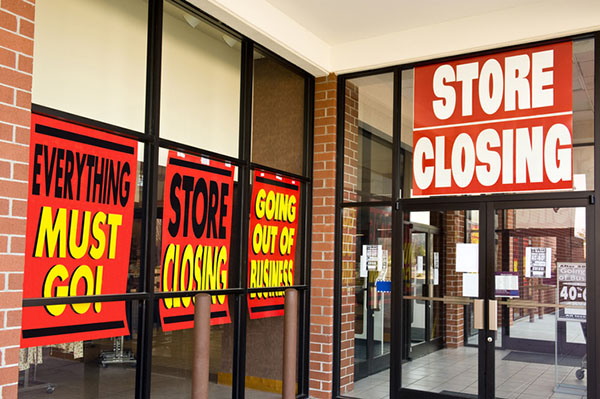National Retail Federation reflects on impact of digitization
The rapid growth of e-commerce is driving deep changes in our industry, from tightening up trucking capacity to elevating the importance of final-mile delivery processes. To respond, supply chain managers now need to leverage diverse systems, thereby making processes more efficient.

The rapid growth of e-commerce is driving deep changes in our industry, from tightening up trucking capacity to elevating the importance of final-mile delivery processes. To respond, supply chain managers now need to leverage diverse systems, thereby making processes more efficient.

Jonathan Gold, Vice President, Supply Chain and Customs Policy for the National Retail Federation shares his insights and observations on e-commerce in this exclusive interview with our sister publication, Supply Chain Managment Review.
Supply Chain Management Review: How is e-commerce changing the way we approach logistics/distribution network strategy?
Jonathan Gold: By eliminating the physical constraints of how much merchandise will fit into a physical store, e-commerce allows a retailer to offer a virtually unlimited selection of merchandise. But the more merchandise that’s offered, the more challenges there are in where it is sourced from, how it gets to the retailer, how it is sold to the customer and how it gets delivered to the customer. As retailers expand into options like selling products that are drop-shipped directly from the manufacturer to the customer or selling their products through third-party online marketplaces like eBay or Amazon, the complexity is even greater. Delivery and opening the box also take on greater importance. The way a company ships the product – is it traceable while on its way, does the customer get alerts, is shipping quick, when the box arrives is the product well-packed and does it arrive in good condition – is all part of the customer experience and can color how the customer feels about the transaction. Since an online customer doesn’t have the opportunity to visit a store or interact with a store associates the arrival of the box is the first tangible interaction with the company. It can make the difference between a good and bad brand experience.
SCMR: Any insights on how markets will change in the coming years?
Gold: Focusing on delivery time, customer satisfaction and supply chain transparency is going to become increasingly important for retailers and brands. Our research has show that customers want their online purchases delivered quickly, and they like being able to track a package or know when it’s going to arrive.
SCMR: How is e-commerce changing the way shippers approach carrier relationships?
Gold: The relationships and partnerships between shippers and carriers are becoming more and more important. The ability to provide services including last-mile delivery are crucial, especially with the speed that customers want to receive their products.
SCMR: How can e-commerce bring the information needed to allocate resources more efficiently?
Gold: Data collected through e-commerce sales is critical to help retailers plan their supply chains down to the customer level. The data is incredibly important to properly plan inventory and additional resources.
SCMR: Has technology reached a level of maturity that certain key players such as ocean shippers, industry clearinghouses such as ISO standards, and public-private partnerships will step up?
Gold: Technology is continuing to evolve with e-commerce. It is important that all players in the field work together to develop seamless and interoperable standards that will work across many different platforms.
SCMR: How is e-commerce changing the way shippers are finding the labor they need?
Gold: Finding the right labor workforce is always a challenge for all retailers, and especially so right now in a time with some of the lowest unemployment levels we’ve seen in decades. E-commerce is certainly in a similar situation as far as the needed skillset for a continually expanding workforce.

Article Topics
Cloud News & Resources
Leveraging Artificial Intelligence (AI) to Transform Supply Chain Planning and Resilience Steady march into the cloud Technology Issue: Evaluate first, then apply Warehouse/DC Automation & Technology: It’s “go time” for investment Operate More Sustainably and Improve Logistics Performance by Moving to “The Edge” 31st Annual Study of Logistics and Transportation Trends Increase the Accuracy of Supply Chain Business Decisions Using Integrated Data Management and AI More CloudLatest in Logistics
LM Podcast Series: Assessing the freight transportation and logistics markets with Tom Nightingale, AFS Logistics Investor expectations continue to influence supply chain decision-making The Next Big Steps in Supply Chain Digitalization Warehouse/DC Automation & Technology: Time to gain a competitive advantage The Ultimate WMS Checklist: Find the Perfect Fit Under-21 driver pilot program a bust with fleets as FMCSA seeks changes Diesel back over $4 a gallon; Mideast tensions, other worries cited More LogisticsAbout the Author
Subscribe to Logistics Management Magazine

Find out what the world's most innovative companies are doing to improve productivity in their plants and distribution centers.
Start your FREE subscription today.
April 2023 Logistics Management

Latest Resources














